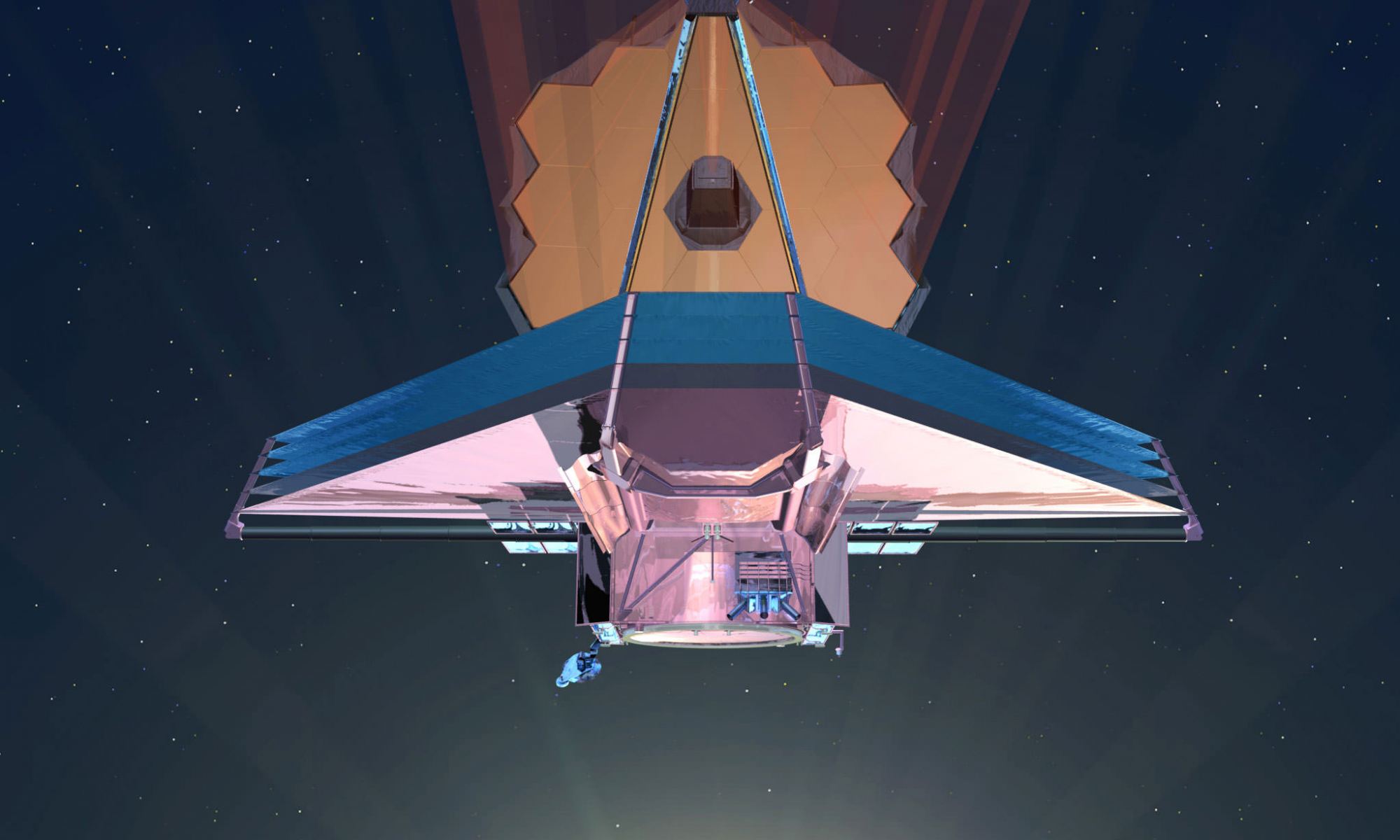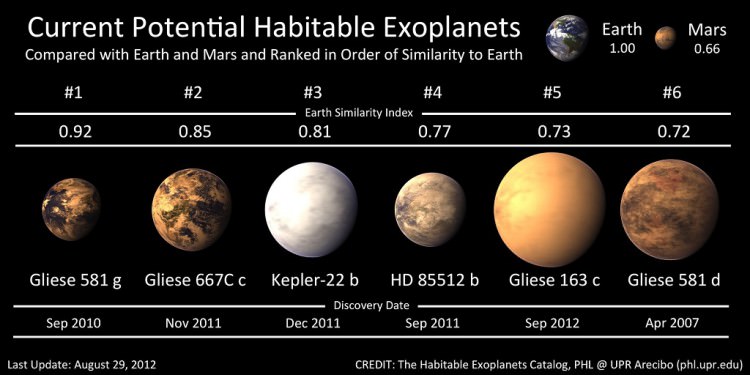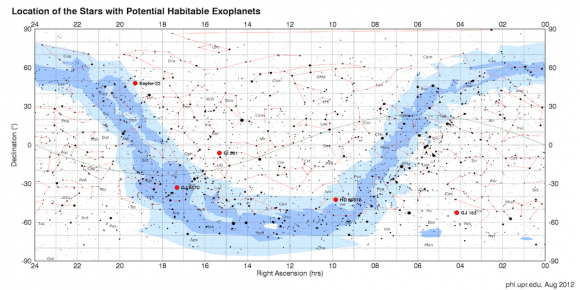Researchers at the University of Washington’s Virtual Planetary Laboratory have devised a new habitability index for judging how suitable alien planets might be for life, and the top prospects on their list are an Earthlike world called Kepler-442b and a yet-to-be confirmed planet known as KOI 3456.02.
Those worlds both score higher than our own planet on the index: 0.955 for KOI 3456.02 and 0.836 for Kepler-442b, compared with 0.829 for Earth and 0.422 for Mars. The point of the exercise is to help scientists prioritize future targets for close-ups from NASA’s yet-to-be-launched James Webb Space Telescope and other instruments.
Astronomers have detected more than 1,000 confirmed planets and almost 5,000 candidates beyond our solar system, with most of them found by NASA’s Kepler Space Telescope. More than 100 of those have been characterized as potentially habitable, and hundreds more are thought to be waiting in the wings. The Webb telescope is expected to start taking a closer look soon after its scheduled launch in 2018.
“Basically, we’ve devised a way to take all the observational data that are available and develop a prioritization scheme,” UW astronomer Rory Barnes said Monday in a news release, “so that as we move into a time when there are hundreds of targets available, we might be able to say, ‘OK, that’s the one we want to start with.'”
This isn’t the first habitability index to be devised. Traditionally, astronomers focus on how close a particular exoplanet’s mass is to Earth’s, and whether its orbit is in a “Goldilocks zone” where water could exist in liquid form. But in a paper accepted for publication in the Astrophysical Journal, Barnes and his colleagues say their scheme includes other factors such as a planet’s estimated rockiness and the eccentricity of its orbit.
The formula could be tweaked even further in the future. “The power of the habitability index will grow as we learn more about exoplanets from both observations and theory,” said study co-author Victoria Meadows.
Barnes, Meadows and UW research assistant Nicole Evans are the authors of “Comparative Habitability of Transiting Exoplanets.” The study was funded by the NASA Astrobiology Institute.




